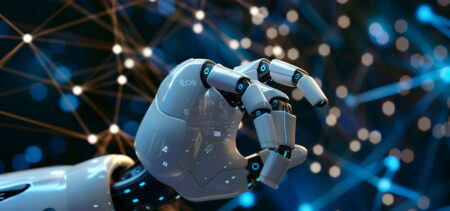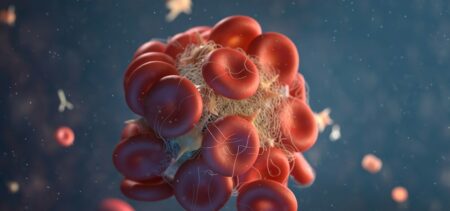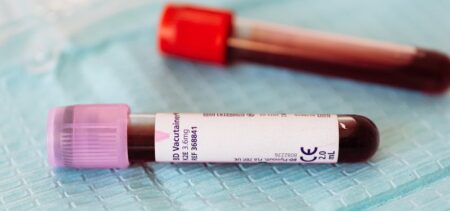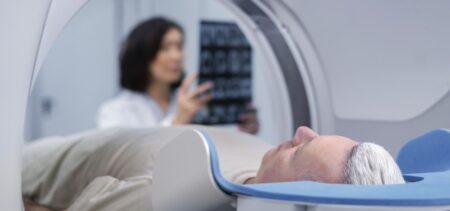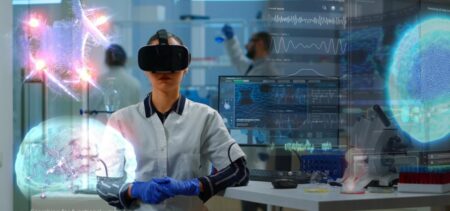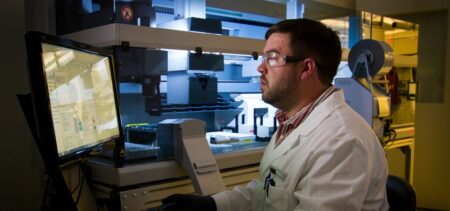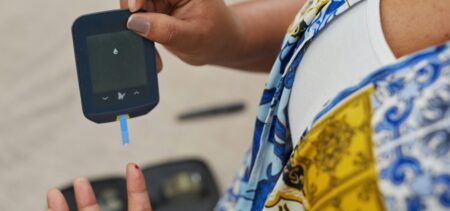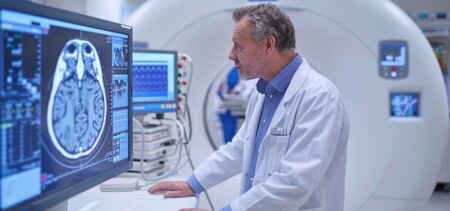While scientists wait for the space travel adventures to unravel, supported by modern technology, various prototypes emerge in view of this perspective. Some have thought of the space travelers medical needs. Medical supplies have a limited life – what about a mini medical factory?
The artificial reactor developed by a team from the Eindhoven University of Technology is actually a bit more sophisticated than it sounds. Let’s explore the team’s concept and technological breakthrough.
A medical factory on the go
The Dutch mini factory counts on the same thing vegetation relies on: sunlight. This omnipresent element powers chemical reactions in all green leaves. We have all learned in school about the miracle of photosynthesis. Scientists decrypted its mechanisms, turning it from miracle to an explained phenomenon. Nevertheless, for a long time, researchers could not artificially recreate the process. The main issues consisted of capturing enough light and then using it to empower the tiny yet crucial chemical processes.
Modern technology brought on luminescent solar concentrators (LSCs). These are part of special materials that enable high light sensitivity – usually employed in solar panels. What the Eindhoven team managed to do is adding to this a special micro-channel LSC integration. Even on a cloudy day, sunlight serves in generating chemical reactions this way. LSCs capture the available light and transfers it to the network of micro-channels. This sustainable energy further fuels the desired chemical processes.
Why the importance of this breakthrough?
We have previously featured the pharmaceutical progress registered lately with drugs’ 3D printing. This makes possible for any drug to be produced upon need once its blueprint is available and the necessary technology at hand. Of course, as any machine, 3D printers need a power source. We may count on drug printers to become more present in the short to medium future. They will still need a cable plugged into some outlet.
Nevertheless, if and when such powerful technologies would feature miniaturized versions, connected to solar power, what is there to limit medical autonomy?
Of course, as we mentioned in our introductory paragraph, not everyone needs such next-gen technology. Not in the sense that some would reject it. Rather in the sense that it would be extremely important for astronauts or for isolated teams, having to adapt to far away places. For less extreme situations, normal-scale chemical processors or electricity-based 3D drug printers are just fine.
A tiny leaf-like device with huge potential
The discovery is capable of raising genuine enthusiasm. As many important scientific breakthroughs, it manages to successfully mimic nature. The small-scale gadget is even shaped as a red leaf. It vaguely resembles a maple leaf. Furthermore, the idea that humans will be capable of producing medicine wherever they have sunlight sounds quite glorious.
Although the technology still has quite a while to go until commercial viability, the researchers deem it successful. The production costs should be somewhere in the cheap range, according to lead researcher Timothy Noel. He stated that the leap from the leaves to entire trees is just a matter of will.
Such discoveries remind us of the future projections on modern healthcare. While cyber-security issues that plague hospitals and drug pumps serve as warnings on the downsides of modern medical tech, research that ends up by producing sci-fi like concepts balances the scales and help keeping our enthusiasm levels up.
The inconspicuous gadgets of tomorrow
The same way this prototype points out, other various future technologies suggest the next tech wave might be dominated by seemingly invisible powerful gadgets. Once various processes become virtualized and certain functions go to smart software, the core of next-gen technologies might just lie beneath the surface.
If humans combine this tendency with the movement of retrieving the natural landscapes and micro-landscaped sacrificed to large-scale industrialization in the past, we might meet a new more visually pleasing era. Confused? Think about trees that feature artificial leaves on their branches, beside natural ones, powering networks of sensors via solar energy. Imagine apartment plants that integrate personal assistant software, rocks that mask air-quality devices and so on.
Healthcare might also feature more visually friendly gadgets, and an environment that breaks itself from the classical hospital image. The doctor’s usual paraphernalia could in fact become unrecognizable for someone user to its current aspect.
Constant miniaturization, increased mobility
Another steady trend is miniaturization. The smaller machines get, the more mobile they are cable of being. Their human owners, too. The most obvious example consists of computers. Of course, there are some shortcuts commercialism encouraged. For example, the shorter life of smartphones’ batteries. If it would have stayed loyal to the same graph, while batteries became smaller, their lifespan should have extended. Competition sometimes presses for false solutions. It remains for companies to come up with real innovations later on.
In healthcare, temporary solutions are dangerous. All compliant technologies need to undergo authorization and testing processes, that make sure no critical component would fail unexpectedly. That is perhaps why all breakthroughs take more time and funding.
Nevertheless, each small step will count once a certain threshold approaches. Full next-gen medical tech deployment might one day take us all by surprise.



